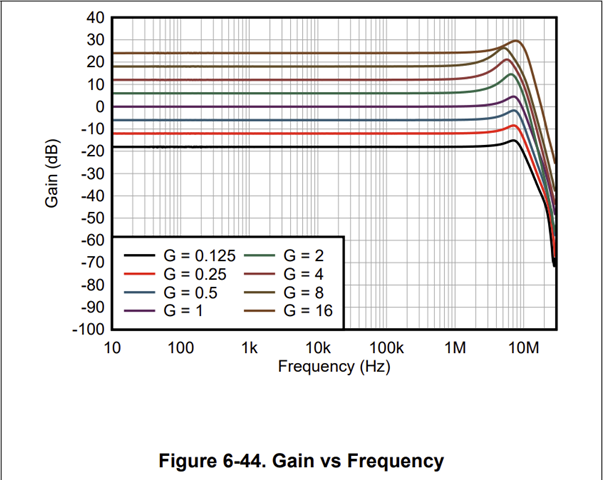Other Parts Discussed in Thread: TINA-TI, ,
Tool/software:
Hello TI,
I downloaded the PGA849 TINA-TI Reference Design directly from the TI website. However, after running an AC analysis, I noticed the resultant 'Gain vs Frequency' graph does not match what is shown on the datasheet. In simulation at G = 1, the -3dB point occurs at approximately 12.3Mhz, and no peaking is visible. I adjusted the values to match the parameters listed on the datasheet, but the response is the same.
I have also purchased the PGA849EVM, and the frequency response aligns more closely with the simulation.
Is there a specific configuration required to replicate the results seen on the datasheet?
Thank you for your time,
SK


